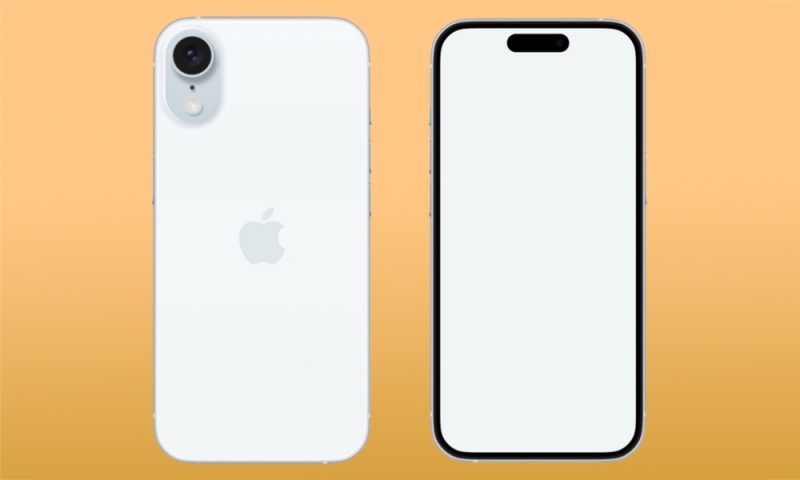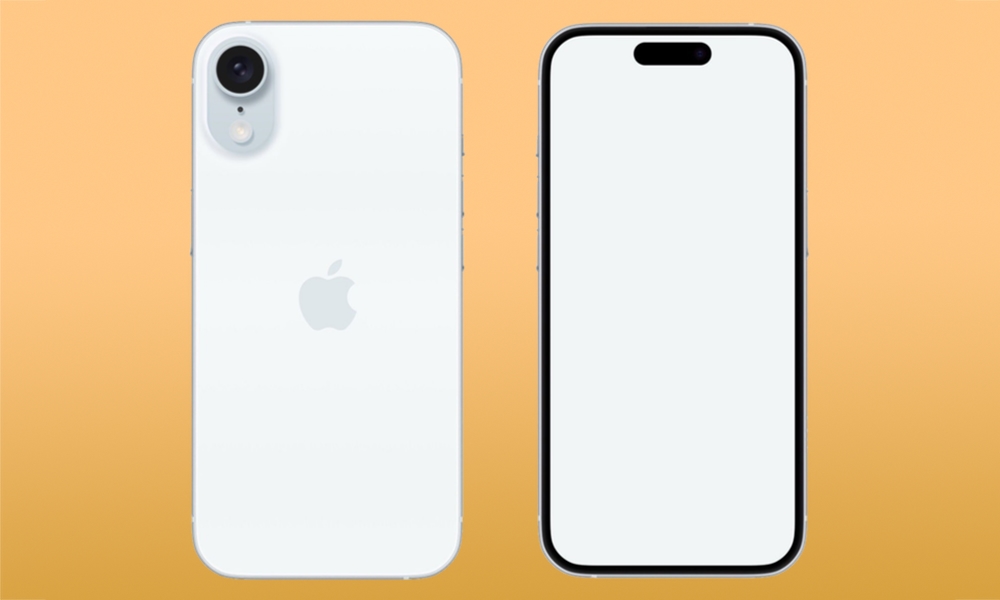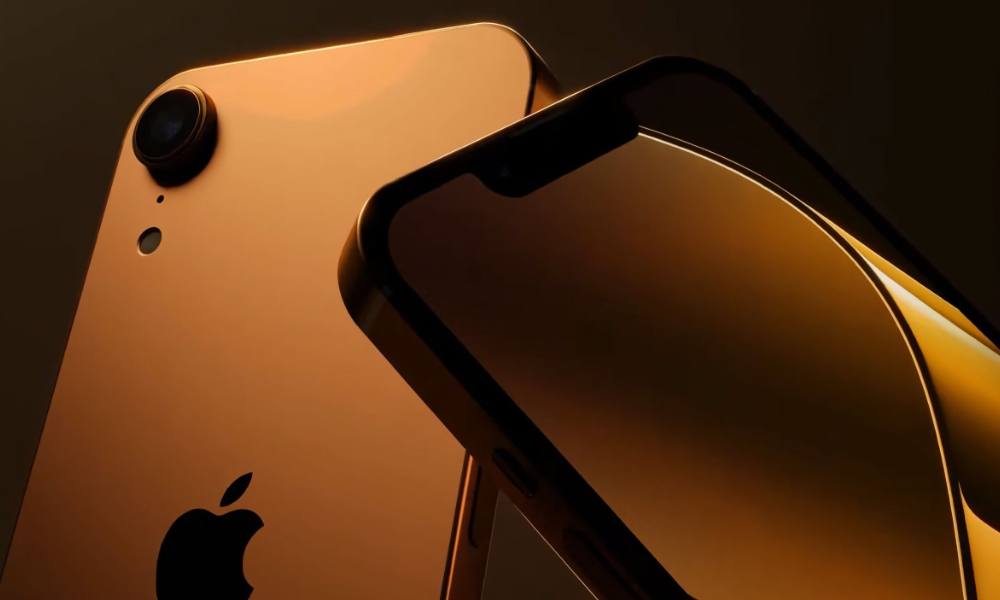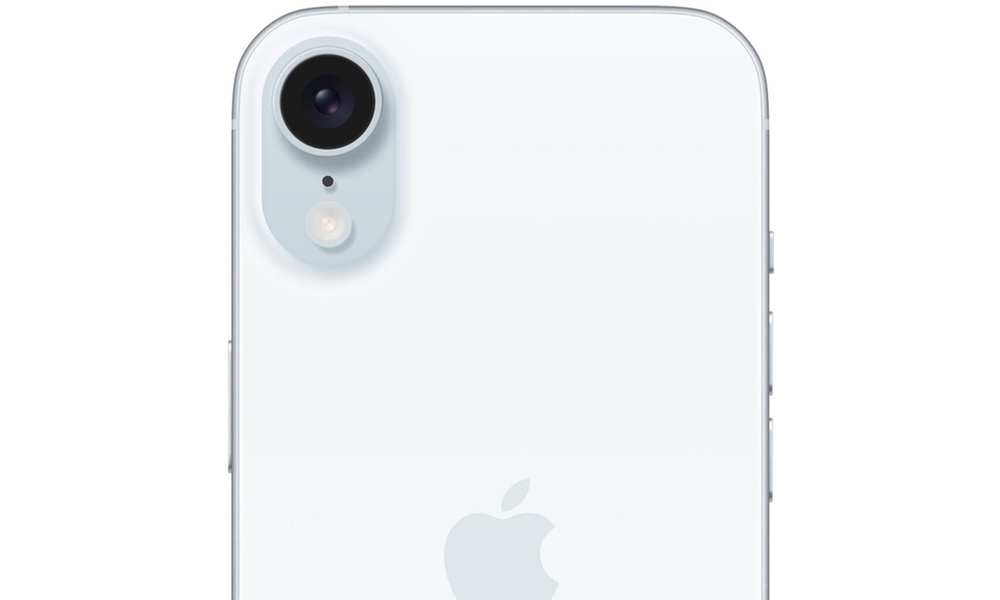The ‘iPhone SE 4’ May Get the Dynamic Island Instead of a Notch

 Credit: @MajinBuOfficial / X
Credit: @MajinBuOfficial / X
We’ve already heard hints the next iPhone SE will follow the design of the base iPhone 14 model — right down to the battery packed into it — and also adopt an OLED display. It’s possible it could also be a proving ground for Apple’s new 5G modem chip, although that last claim has become a bit more dubious in light of more recent reports on Apple’s struggling efforts to build its new modem chip.
Adopting the style of the iPhone 14 for a 2025 iPhone SE would be keeping in line with Apple’s tradition of using a 2.5-year-old design for each new model of its budget iPhone. The 2016 iPhone SE was based on the 2013 iPhone 5s, and the 2020 iPhone SE was visually identical to the iPhone 8, with the only change being the new A13 chip inside, taken from the iPhone 11 lineup released a few months earlier.
Although by that pattern, the third-generation iPhone SE released in 2022 should have adopted the design of the 2019 iPhone 11, that one was essentially an interim update intended to bring 5G support to the low-cost iPhone.
However, since the iPhone 14 was released in 2022, an early 2025 iPhone SE that featured the same design would be par for the course. Even the rumors that it will adopt Face ID aren’t that unusual; while many expected the next iPhone SE would go with a side-button Touch ID, similar to what’s found on Apple’s entry-level and mid-tier iPads, that’s more of an assumption than anything based on any real evidence.

After all, the iPhone 14 has Face ID, so if the next iPhone SE follows that design, there’s no reason for Apple to avoid it other than possible cost concerns. We’ve never had an iPhone SE without a home button on the front, so we’re in uncharted territory here. No one outside of Apple knows exactly what the company plans to do.
Nevertheless, we’ve heard some reports that it could go beyond the iPhone 14 design. Some of these are likely small but necessary changes — a USB-C port on the bottom, for instance — while others are more unusual, like including Apple’s new multi-purpose Action Button. That’s exclusive to the iPhone 15 Pro lineup right now, but most agree that it will come to the entire iPhone 16 family this year, so it wouldn’t be a stretch for next year’s iPhone SE to get it in the name of uniformity. After all, there’s no reason Apple’s most affordable iPhone needs to be the odd stepchild of the family.
Along the same lines, a new rumor suggests that Apple could also adopt the Dynamic Island, following more closely to the design of the upcoming iPhone 16 instead.
This report comes from leaker Majin Bu, who has a mixed track record for accuracy, and since even they’re hedging their bets, we’d recommend taking this one with a large dose of salt.
However, it’s not that far-fetched — at least not the part about the Dynamic Island. By the time the iPhone 16 comes out, the notch will be well in the rear-view mirror. Apple may be very reluctant to effectively reintroduce the notch on a new phone, especially since it’s also a user interface element that it’s been encouraging developers to embrace.
Whether Apple will adopt the iPhone 16 design is another matter. Other recent reports have suggested the iPhone 16 will move the cameras back into the vertical arrangement we had on the iPhone 12 while perhaps even moving to an iPhone X/XS style pill layout for the camera bump.

Majin Bu also shared a render of what a single-camera iPhone SE would look like in that latter configuration, and it’s not hard to see how that might work. It also matches the design in renders we’ve seen of the upcoming iPad Air.
Apple could be going for tighter design uniformity in its 2025 iPhone lineup, allowing the iPhone SE to blend more naturally into the rest of the family rather than feeling like the odd duck. While Apple usually leads rather than follows when it comes to design, even Samsung has moved to a common aesthetic across its entire lineup of Galaxy phones; from the extremely budget Galaxy A04 to the flagship Galaxy S24 Ultra, there’s a unified design language that makes it clear they all belong to one big happy family of smartphones.
Using older designs for the iPhone SE made sense when Apple was going through its transition years, changing things up every 3-4 models. However, we’ve now had a consistent design since the iPhone 12. Unless there are significant changes in this year’s iPhone 16 lineup (which isn’t likely to happen), this will mark the first time in the history of the iPhone that Apple has stuck with the same design for more than four years.
[The information provided in this article has NOT been confirmed by Apple and may be speculation. Provided details may not be factual. Take all rumors, tech or otherwise, with a grain of salt.]







